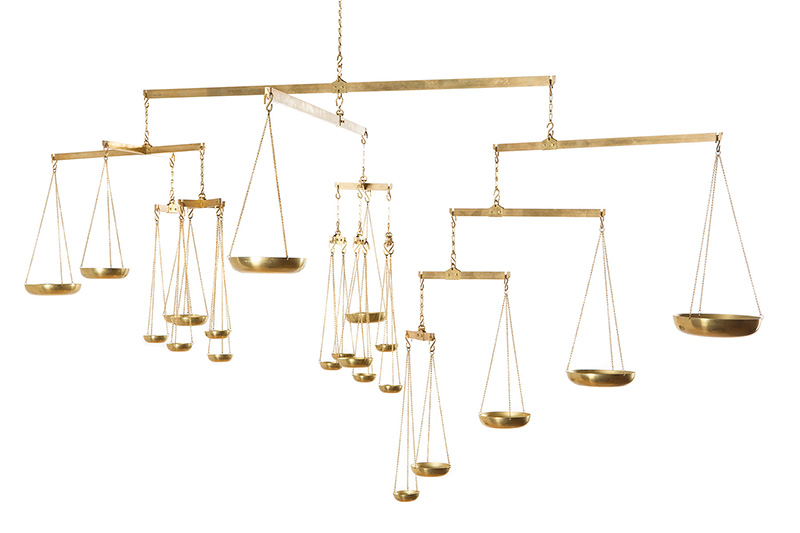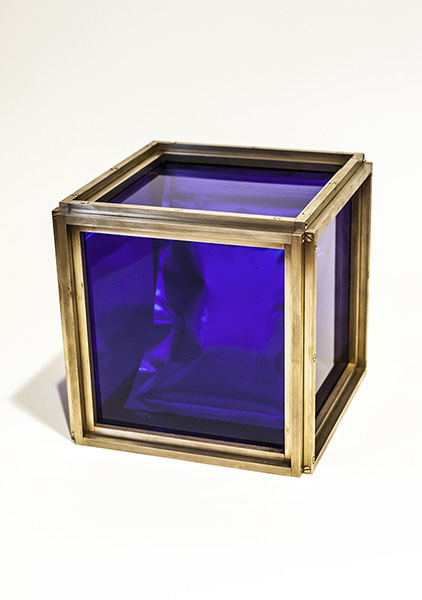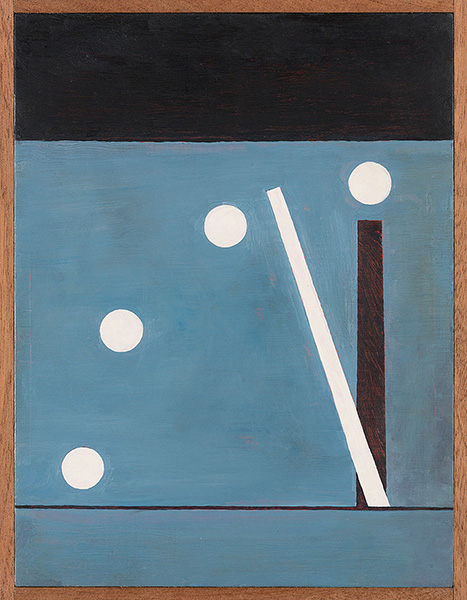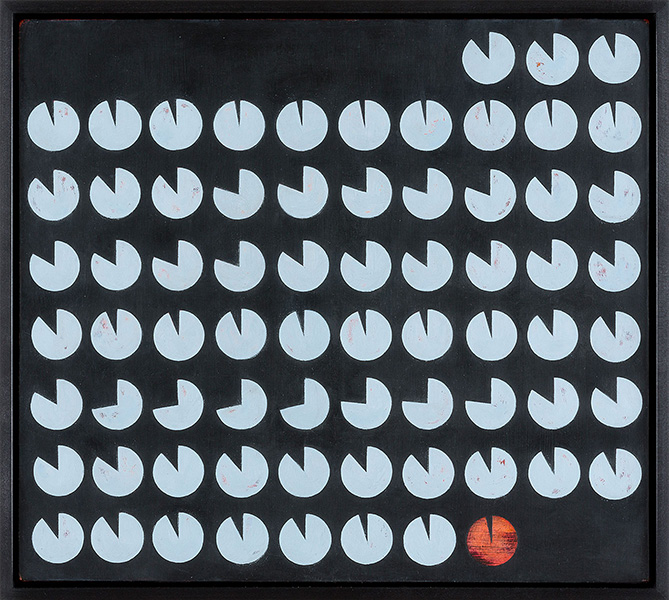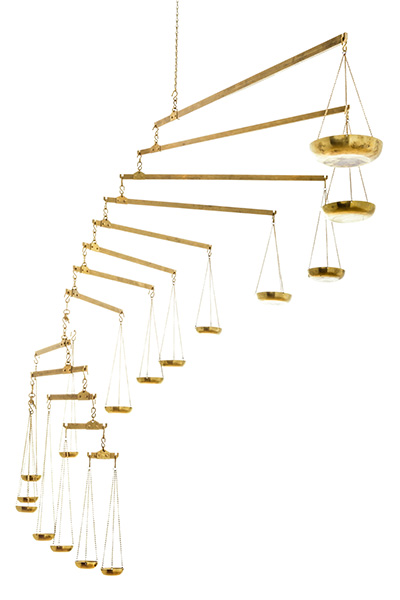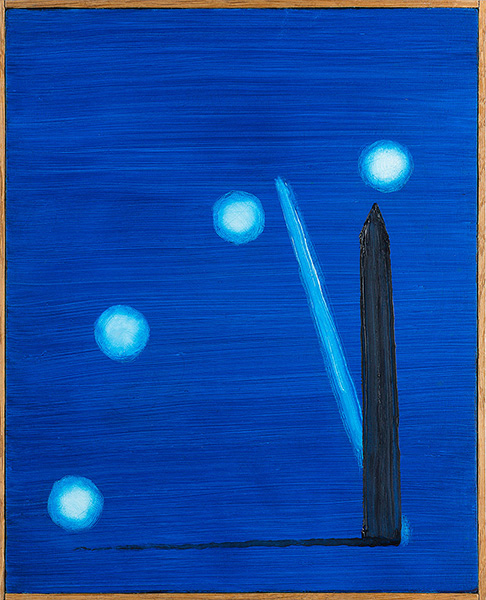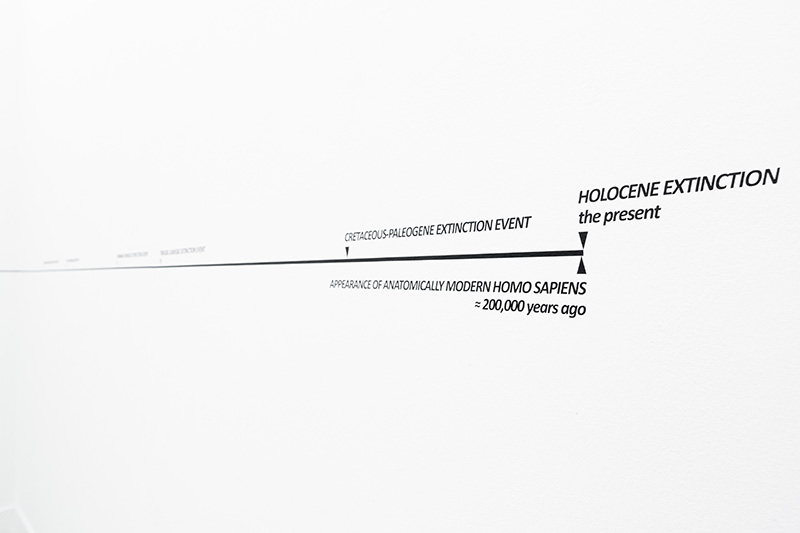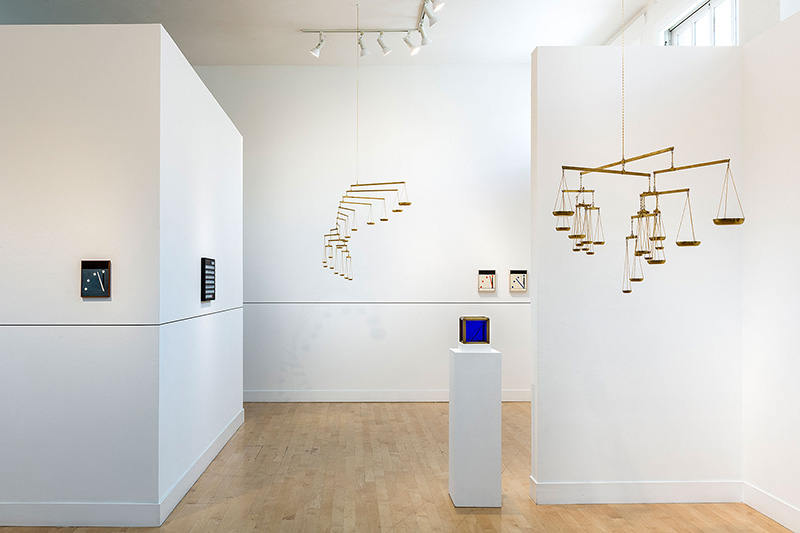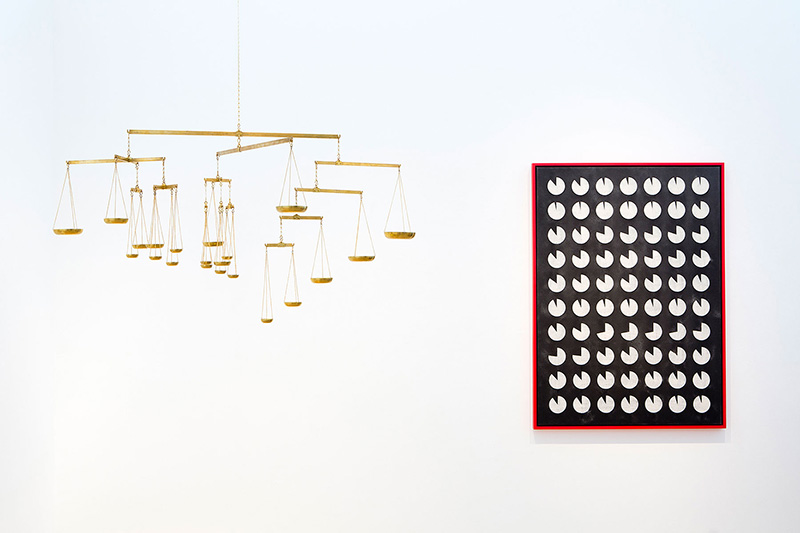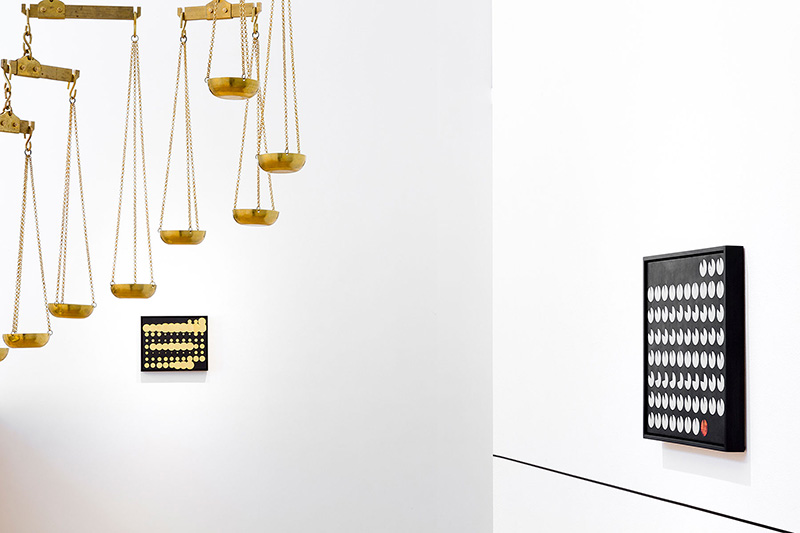Will Yackulic
New Weights & Measures
April 27–May 27, 2017
Opening Reception: Thursday, April 27 (5-7:30PM)
Gregory Lind Gallery is pleased to present “New Weights & Measures” by Will Yackulic. This marks the artist’s fifth solo show with the gallery.
Yackulic’s new body of work features a variety of media to address global catastrophic risk in the present era. But how are we to understand ‘the present era’? Is it the Holocene, the geological epoch that began 11,700 years ago? Many scientists agree recent alterations in Earth’s biosphere, brought about by human activities, indicate a new age: the Anthropocene. Or, in the terms of more radical theorists, we might dub the present era the Capitalocene, specifically connecting current planetary crises to capitalism’s imperatives. Given that methods of measuring, sorting and ranking are necessary for a market economy to function, New Weights & Measures particularly attends to how we attempt to quantify global catastrophic risk while maintaining ‘business as usual.’
The mid-twentieth century represents an inflection point in humankind’s reckoning with its own ability to bring about large-scale catastrophe: this is when we weaponized the atom. In 2007, sixty years after attempting to represent the risk of nuclear war in terms of ‘minutes to midnight’ with the Doomsday Clock, the Bulletin of the Atomic Scientists incorporated climate change into its measure of man-made risk capable of producing global catastrophe. In January 2017, the clock was advanced from three to two and a half minutes to midnight, reflecting unaddressed issues around both climate change and nuclear proliferation. Yackulic’s “Archive: Minutes to Midnight” paintings are visual compilations of the Doomsday Clock, by which we can study the ebbs and flows of assumed risk since 1947. Appearing as a cultural artifact at the inception of the arms race and America’s post-war technological leap, the Doomsday Clock corresponds to decades of affluence and attendant consumer culture—a time characterized by a fetish for technology and progress, and the rise of neoliberal economics with its reliance on market rule. Initially charting the anxious undercurrent contained within the postwar golden age of capitalism, today the Doomsday Clock indexes risk correlating to a proliferation of global crises.
The complexity of this era and its methods, interconnectedness, and precarious nature are alluded to in Yackulic’s “Device for Systemic Asymmetry" mobiles, which draw inspiration from Calder’s cosmic forms. Here, Yackulic recasts and humanizes Calder’s various shapes and apparatus as a complicated series of tenuously balanced brass scales that refer to quantification and one of the core facets of capitalism itself: asymmetry. The interplay in this piece between Calder's cosmic themes and human quantification echoes the Ancient Greeks' notion of the ‘body politic’ as having similar machinations and revolutions as the cosmos. This notion is aptly captured in the phrase, “As above, so below.” Thus, the mobiles in this body of work are not only a metaphor for precariousness, but also signify the human role in the production of risk (without precluding the potential risk from the cosmos, i.e. a mass asteroid impact).
Similarly, “Private Svalbard (Future Reverse Readymade for Disaster Taxa)” pursues to its logical conclusion the belief that demand will always create purchasable technological solutions to crisis—that anticipating and capitalizing on crisis is, in fact, a crucial capitalist strategy. “Private Svalbard” (referencing the Global Seed Vault in Svalbard, Norway) is a personal seed bank containing 32 varieties of non-GMO, non-hybrid, specially sealed seed packets sourced from a survivalist website. The title references species, dubbed “Disaster Taxa,” which have survived and even thrived under new ecologic conditions following Earth’s previous mass extinctions.
Lastly, running along three sides of the gallery's walls, is “The Big Picture.” This 18.5-meter (60.7 foot) long, single-line wall drawing contextualizes our precarious times within the time frame of life on Earth—approximately 3.7 billion years. Wall text indicates the major mass extinction events: the Permian-Triassic Extinction, the Triassic-Jurassic Extinction Event, etc. The last millimeter represents, to scale, the 200,000 years anatomically modern humans have existed. This brings us to the present, where we are witnessing the early stages of the Holocene extinction, the greatest loss of biodiversity since the Cretaceous-Paleogene extinction event, a loss largely attributed to human activity.
As “The Big Picture” shows, extinction is a fact of life on earth. In probing modes of measure and quantification, collectively the work in New Weights & Measures asks us to re-evaluate how we exist in relation to the planet.
Will Yackulic’s recent exhibitions include, The Architecture of Life, Berkeley Art Museum, Art in General, NY; Come Together: Surviving Sandy, Industry City, NY; Approaching Infinity, The Richard N. Green Collection of Contemporary Abstraction, Crocker Art Museum, Sacramento, CA; His work has been reviewed in Artforum, Modern Painters, Flash Art, Art on Paper, Le Monde, Time Out London, Village Voice, The Philadelphia Inquirer, San Francisco Chronicle, San Francisco Bay Guardian, and Los Angeles Times. Yackulic’s public collections include, San Francisco Museum of Modern Art, Berkeley Art Museum, and Los Angeles County Museum of Art. Yackulic currently lives and works in the United Kingdom.


